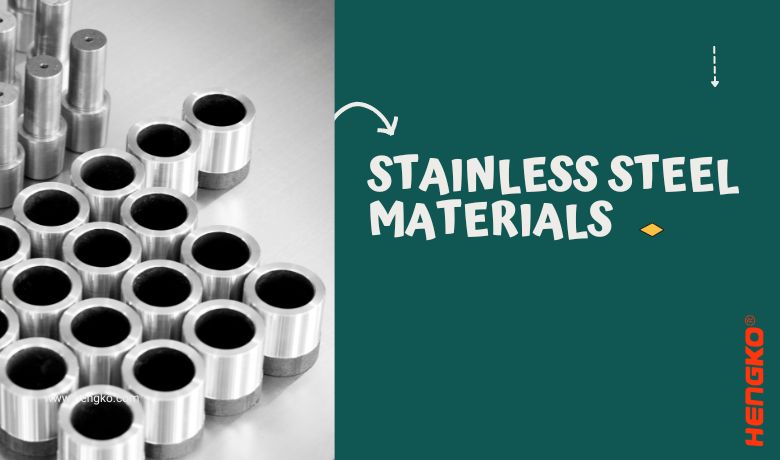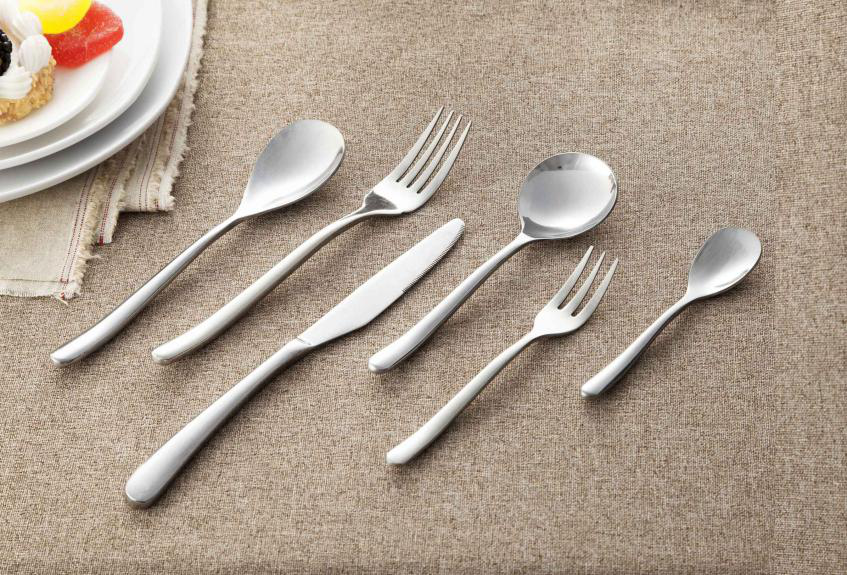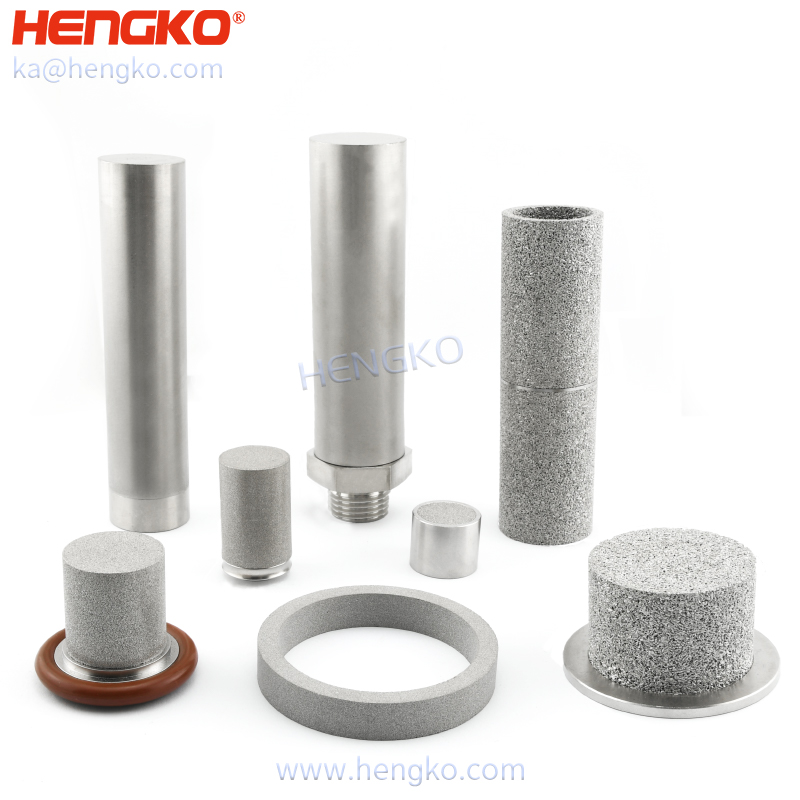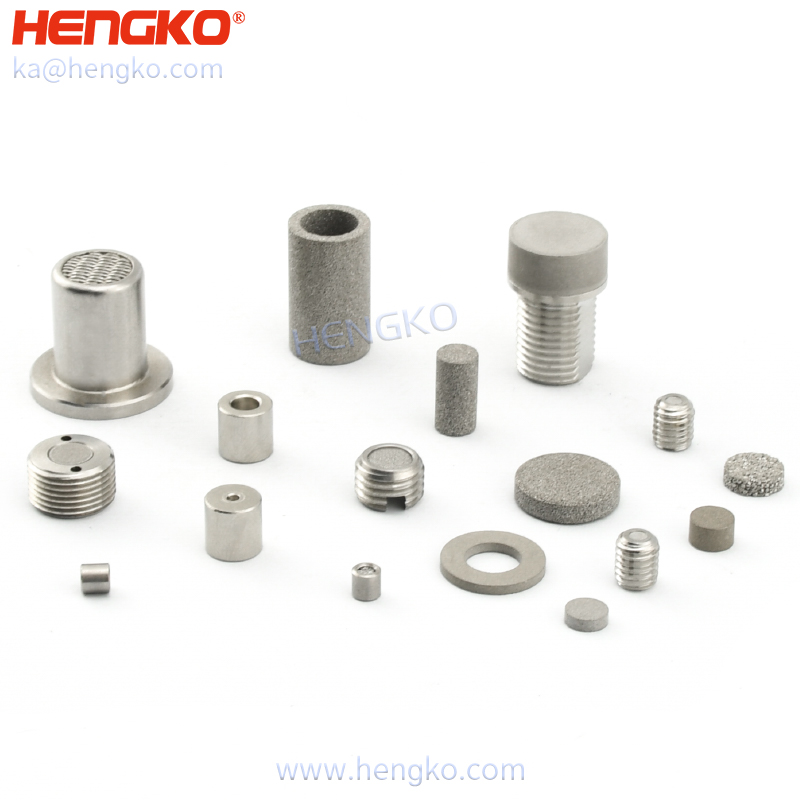
How Much Do You Know Stainless Steel Materials ?
Stainless steel is a ubiquitous material, known for its durability and resistance to corrosion.
Yet, what many don’t realize is the extensive diversity that exists within this category of metal.
Understanding these variations is key to making informed decisions about the right material for specific applications.
What is Stainless Steel ?
Stainless steel is an alloy primarily composed of iron, carbon, and chromium, with the latter lending its impressive resistance to rust.
However, additional elements like nickel, molybdenum, and nitrogen can also be included, significantly altering its properties and applications.
The Hidden Diversity of Stainless Steel
Stainless steel is not a single material, but rather a family of materials with different compositions, structures, and properties.
The exact combination and quantity of alloying elements determine the type or grade of stainless steel, leading to a considerable diversity of materials.
There are a wide variety of stainless steel filter products in our life. For instance, stainless steel kitchenware, tableware, Stainless steel washing trough, door, windows, and so on. Stainless steel material has the
advantage of excellent corrosion resistance, formability, compatibility, toughness, etc. It does not only play an important role in our daily life but also be widely used in heavy industries, light industry, building and
decoration industries and so on. It is widely believed that ”stainless steel ”just one of the rolled steel that t not easy to get rusty. But it is not merely a stainless steel. It stands for hundreds of industrial stainless steel
filter. It has excellent performance for each stainless steel in the special application area.

Popular Types of Stainless Steel and Their Properties
There are several key types of stainless steel, each with distinct properties:
1. Type 304: The most commonly used stainless steel, with a balance of corrosion resistance, weldability, and formability, making it suitable for a wide range of applications.
2. Type 316: Contains molybdenum, improving resistance to pitting and corrosion in chloride environments, making it ideal for marine applications or in chemical processing.
3. Type 410: A martensitic stainless steel, known for its strength and wear-resistance, often used in cutlery and surgical instruments.
Those number(316, 304) we always say refer to the international stainless steel marked method: Austenitic stainless steels are indicated in 200 and 300 series Numbers,
Ferrite and Martensitic stainless steels are labeled with 400 series Numbers, Ferritic stainless steels are labeled with 430 and 446, Martensitic stainless steel is labeled
410, 420, and 440C.The Austenitic stainless steels have the best comprehensive performance between them which not only has sufficient strength, excellent plasticity
and low hardness. It is one of the reasons that they are widely adopted. They distinguish between two kinds of stainless steel is easy to be neglect for many people.
However, there are so different between 304 stainless steel and 316 stainless steel for the manufacturer.
Stainless steel materials are widely used in the powder sintering industry. 304 is the second most used steel after
the 316. 316 stainless steel is similar to 304 stainless steel. The difference is invisible, mainly in chemical composition.
The chemical composition of 316 stainless steel:
- 16% Cr
- 10% Ni
- 2% Mo
The chemical composition of 304 stainless steel:
- 18% Cr
- 8% Ni
The increase of the Ni content and the add of Mo makes the price of the 316 stainless steel is higher than the 304 stainless steel.
The advantage of 316 stainless steel is the improvement of its corrosion resistance, especially to resistant the chloride and Chloride solution.
It makes 316 stainless steel particularly suitable for use in strong alkali or other highly corrosive environments.
What HENGKO Supply ?
HENGKO stainless steel filter element is made by 316L powder particle raw material or multilayer stainless steel wire mesh in
high-temperature composite sintering. It is widely used in environmental protection, petroleum, natural gas, chemical industry,
environmental detection, instrumentation, pharmaceutical equipment and other fields. HENGKO sintering stainless steel filter
can operate at 600 degrees Celsius and can withstand high temperatures even in an oxidizing atmosphere. Our filter adopts
a special multi-dimensional honeycomb embedded capillary structure, with excellent separation and noise reduction functions;
Corrosion resistance and rust resistance are close to compact stainless steel products; A variety of cleaning methods to choose,
anti - cleaning regeneration ability, long service life.
Except for the sintered stainless steel filter , we have temperature and humidity sensor housing | gas transmitter | module| probe housing and other product for you select. Our professional technique department will give you the technique support and our customer service team will provide you the sales service. Welcome to contact us for further information.
Applications of Different Stainless Steel Types
Different stainless steel types find their use across a variety of industries. Type 304 is frequently used in kitchen appliances, piping, and architectural panelling. Type 316 is used in harsher environments such as offshore oil rigs. Type 410 is typically used in the manufacture of high-strength machine parts and tools.
Choosing the Right Type of Stainless Steel
Choosing the right stainless steel involves understanding the environmental conditions, the mechanical requirements of the application, and the cost constraints. For example, if corrosion resistance is critical, a high chromium and nickel grade like Type 316 might be ideal. If strength and hardness are more important, a grade like Type 410 may be more suitable.
Future Developments in Stainless Steel
Research into stainless steel continues to yield exciting developments. New grades are being developed to meet the ever-evolving needs of industries ranging from energy to healthcare, pushing the boundaries of what this versatile material can achieve.
Stainless steel, while appearing as a single category, encompasses a broad array of materials with diverse properties.
Recognizing this hidden diversity allows for better material selection, improved product performance, and ultimately, a deeper appreciation of this remarkable material.
We encourage you to explore the diversity of stainless steel in your industry.
If you need further information or advice on choosing the right stainless steel, HENGKO's team of experts would be glad to assist.
Uncover the true diversity of stainless steel and the multitude of applications for sintered metal filters.
Our team at HENGKO is ready to guide you through the intricate world of these materials, helping you make informed decisions for your specific needs.
Don't hesitate to contact us by email at ka@hengko.com for further information or expert advice.
Let's explore the potential of stainless steel and sintered metal filters together!
Post time: Sep-04-2020







